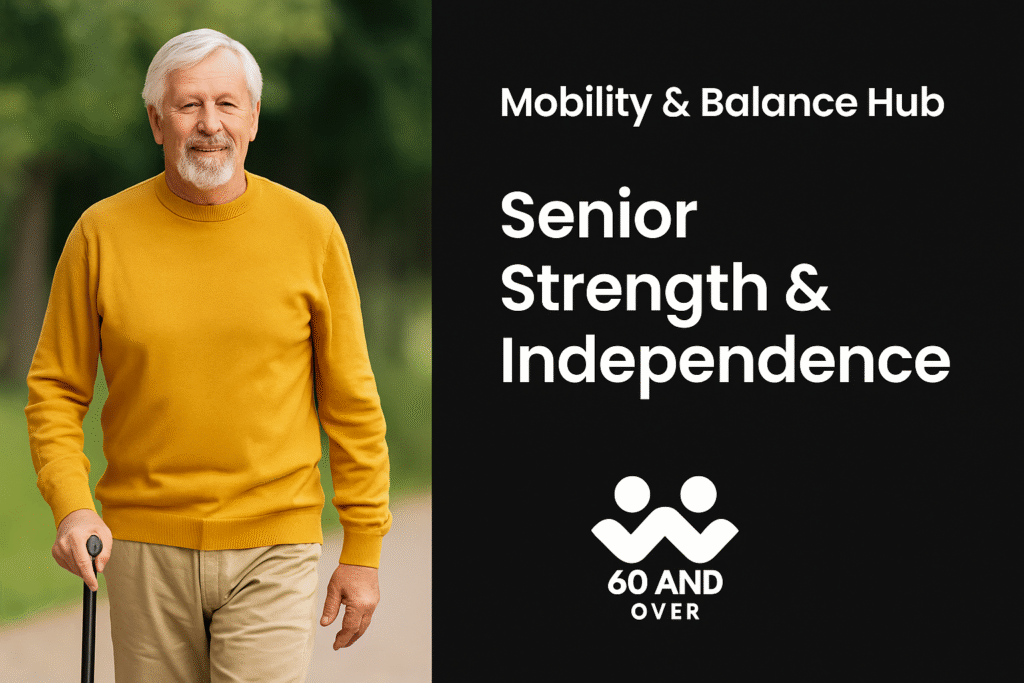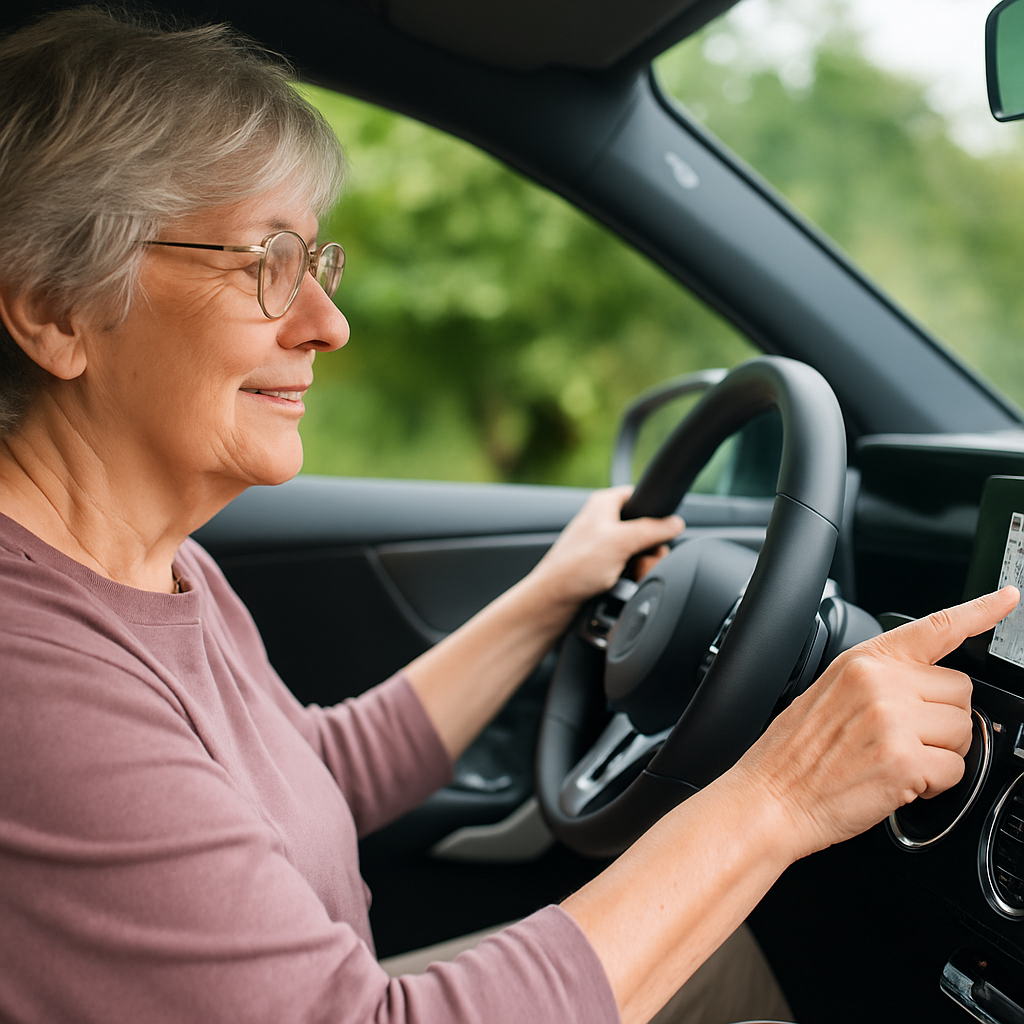Welcome to your Mobility & Balance Hub Where we Help Seniors Stay Strong, Steady, and Confident Every Step of the Way
Staying active and balanced is key to maintaining independence, safety, and a positive outlook on life. The Mobility & Balance Hub offers trusted, easy-to-understand guidance for seniors and caregivers seeking practical ways to move confidently every day. Discover step-by-step routines, expert insights, and proven strategies to prevent falls, strengthen stability, and preserve freedom of movement.
This hub explores a range of topics — from gentle exercises and choosing the right mobility aid to creating safer home environments and finding supportive footwear. You’ll also discover expert advice on physical therapy, nutrition for strength, and recovery after falls. Each article is crafted to help you stay steady, capable, and confident at every stage of aging.
Balance and Exercises
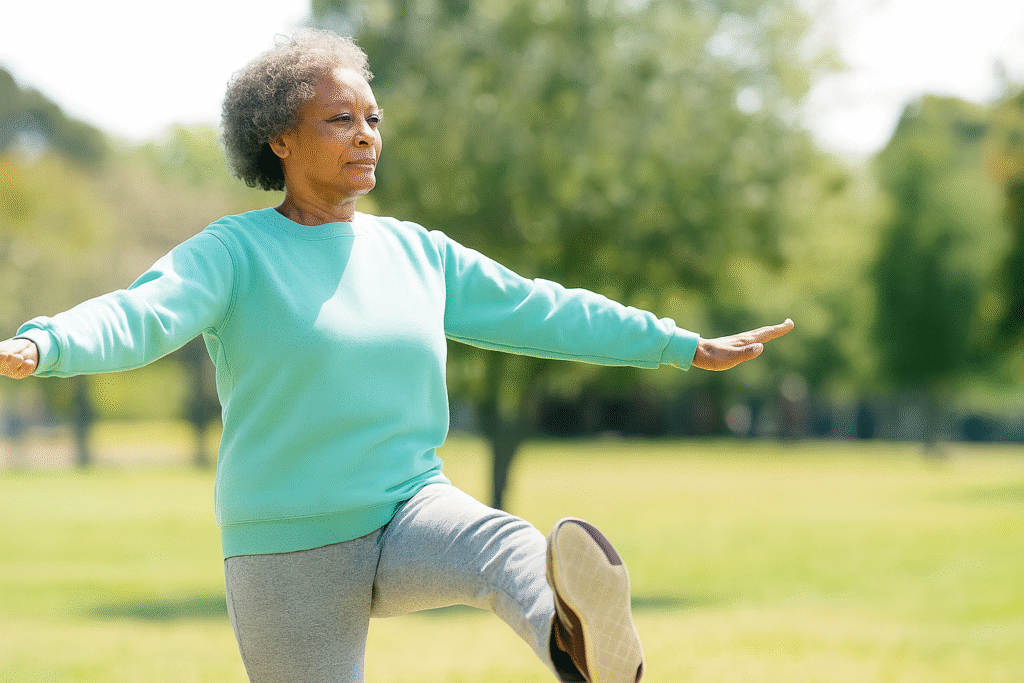
Gentle, senior-friendly routines designed to strengthen your legs, core, and coordination. Learn seated and standing options that improve balance, reduce dizziness, and boost confidence during daily activities like walking, cooking, and climbing stairs.
Mobility Aid choices
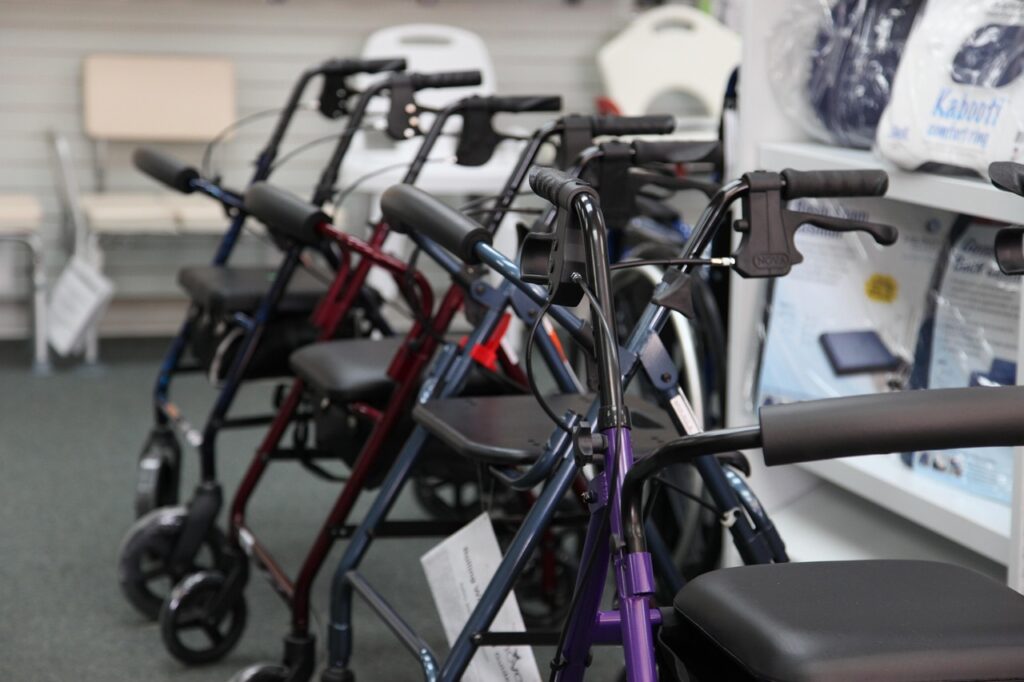
Whether you need a cane, walker, or rollator, finding the right support can make life easier, safer, and more comfortable. This section helps you compare features, adjust handles for comfort, and use your aid correctly both indoors and outdoors.
Safe Movement at Home
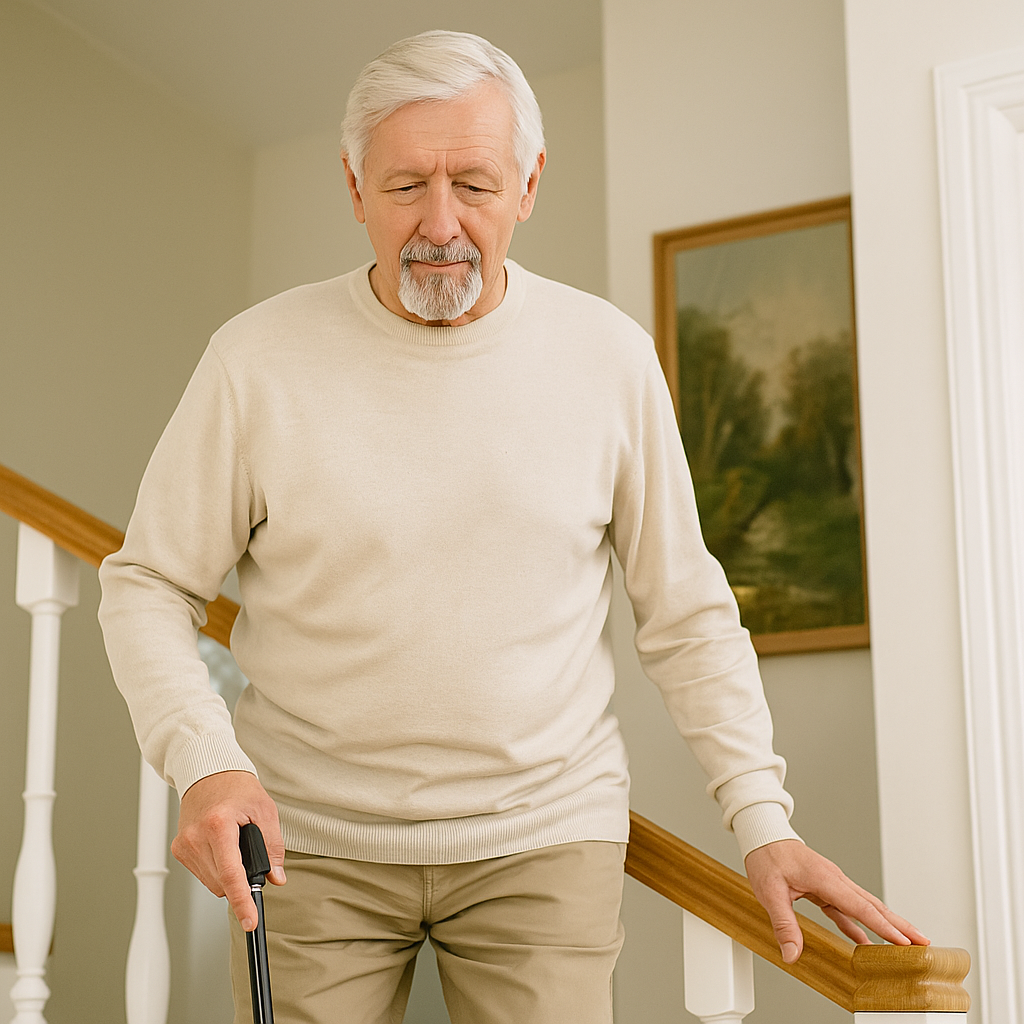
Explore practical ways to make your home balance-friendly. From non-slip mats and grab bars to clear walkways and lighting placement, discover how small changes can dramatically reduce your risk of falls and boost independence.
Stability & Comfort Shoes
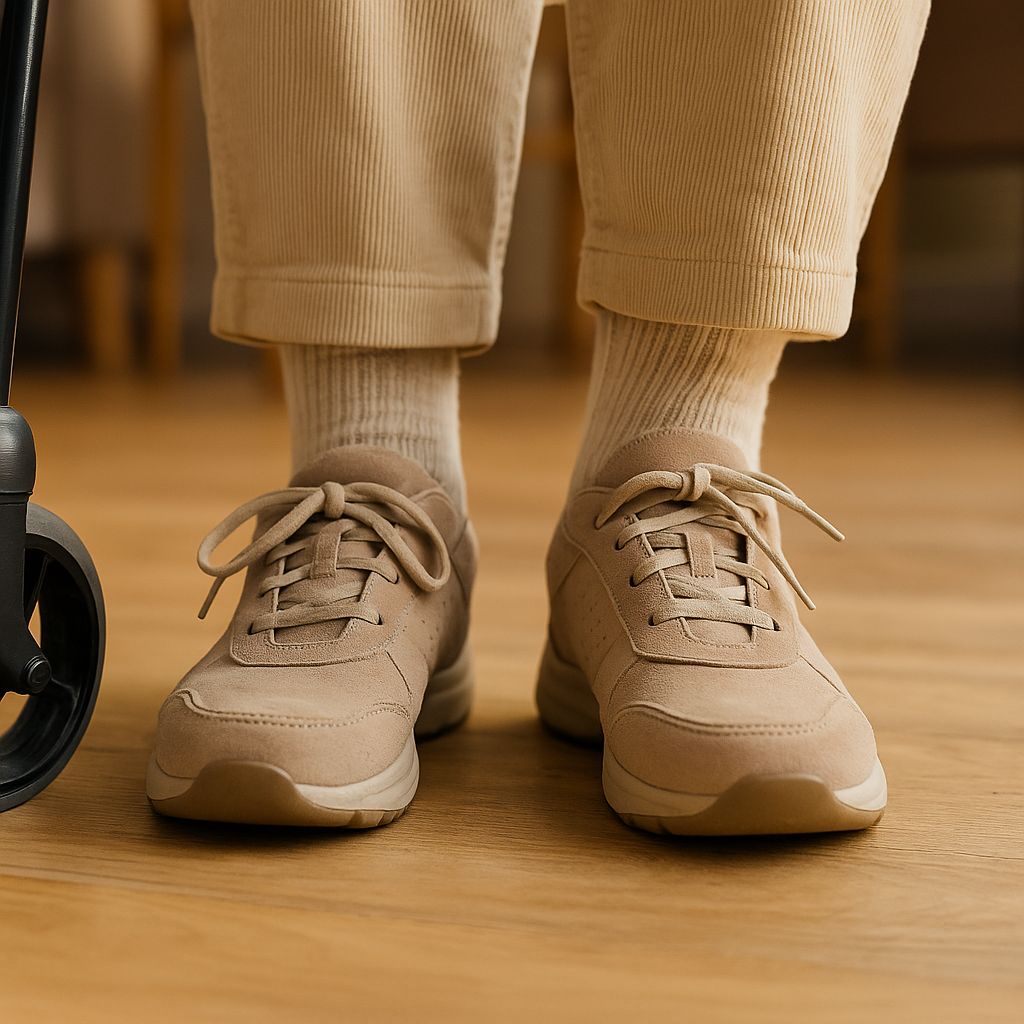
Proper footwear makes every step safer and more comfortable. Learn how to choose supportive shoes that reduce pain, prevent slips, and help with swollen feet, arthritis, and stability on wet, uneven, or slippery surfaces.
Physical Therapy for Strength and Balance
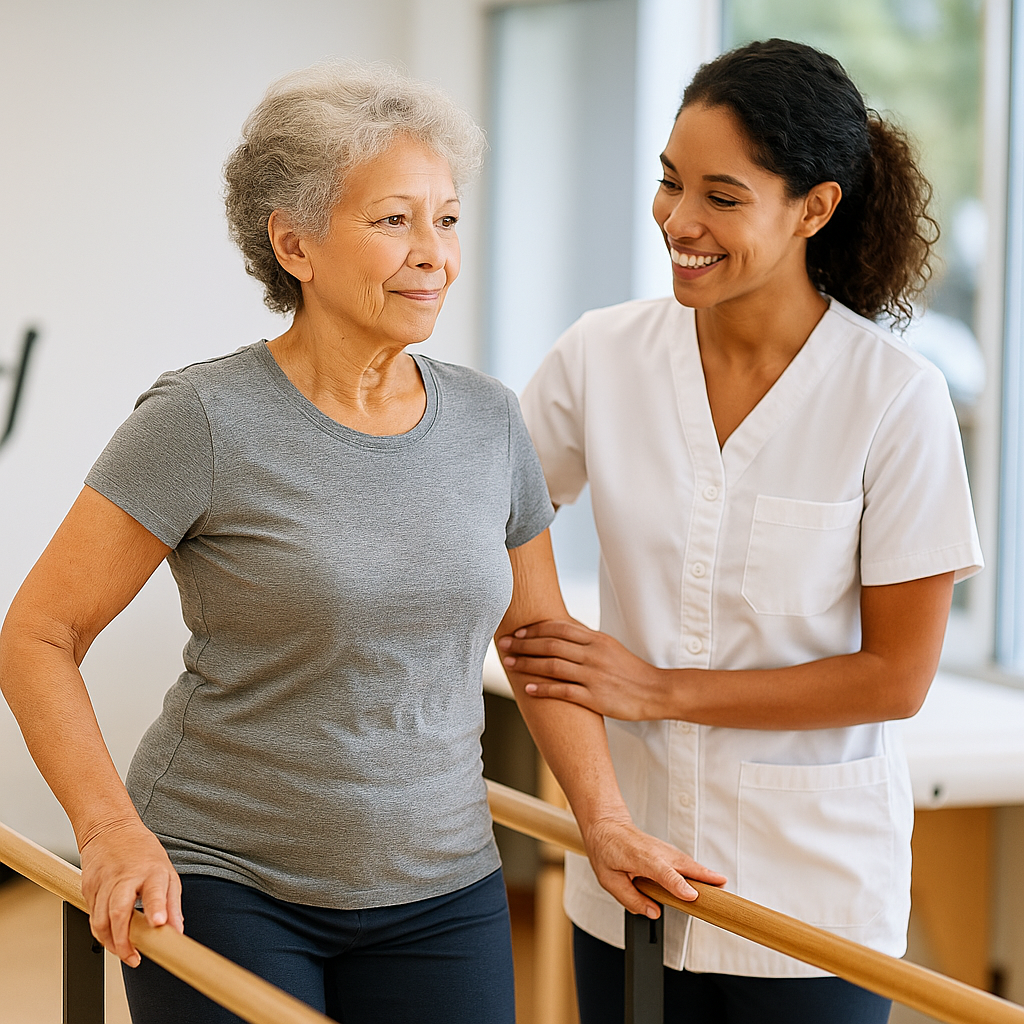
Understand how physical therapists create personalized plans to restore strength, balance, and mobility after illness, injury, or surgery. Learn what to expect during sessions and how simple at-home exercises support recovery, confidence, and lasting independence.
Managing Arthritis & Joint Pain
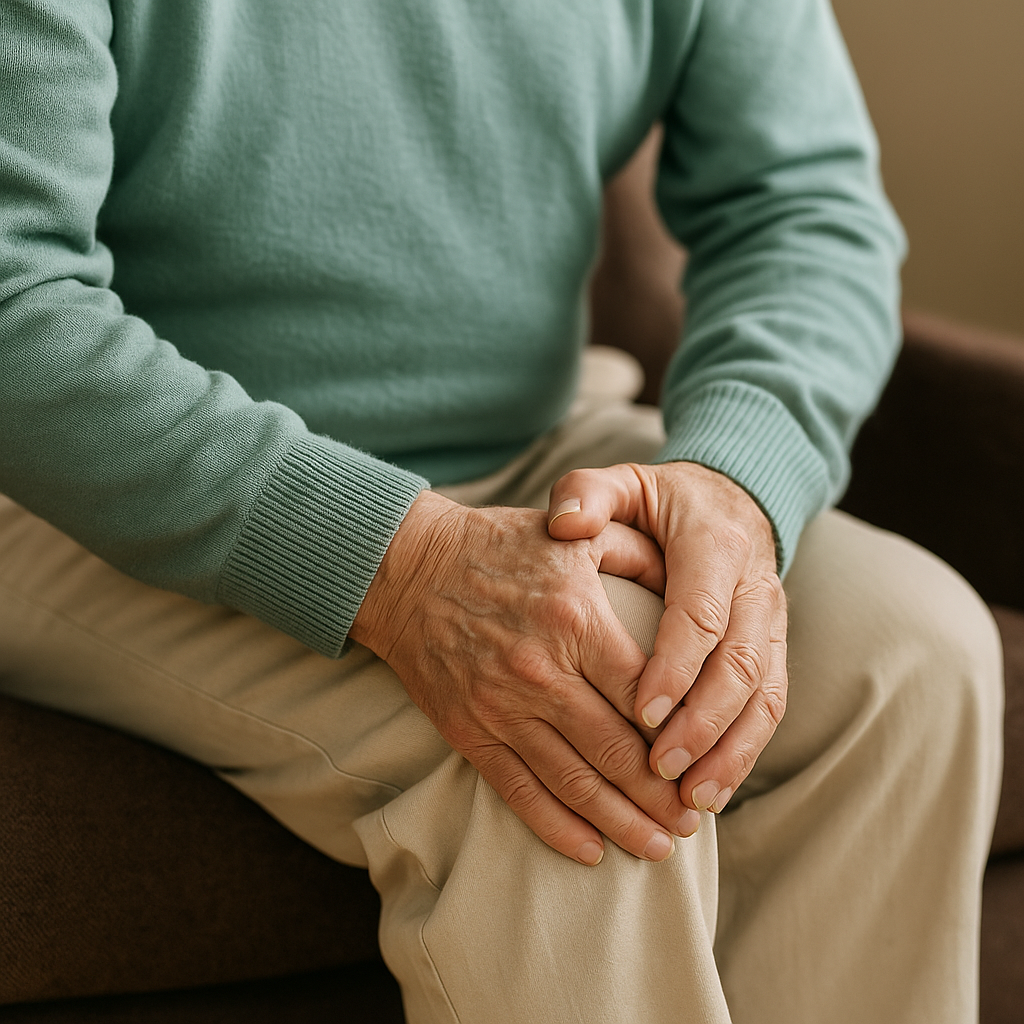
Joint stiffness doesn’t have to limit mobility or comfort. Discover low-impact exercises, gentle warm-up routines, and assistive tools that make walking, stretching, and daily activities easier on the knees, hips, and hands—supporting smoother movement and less pain every day.
Preventing Falls & Injuries
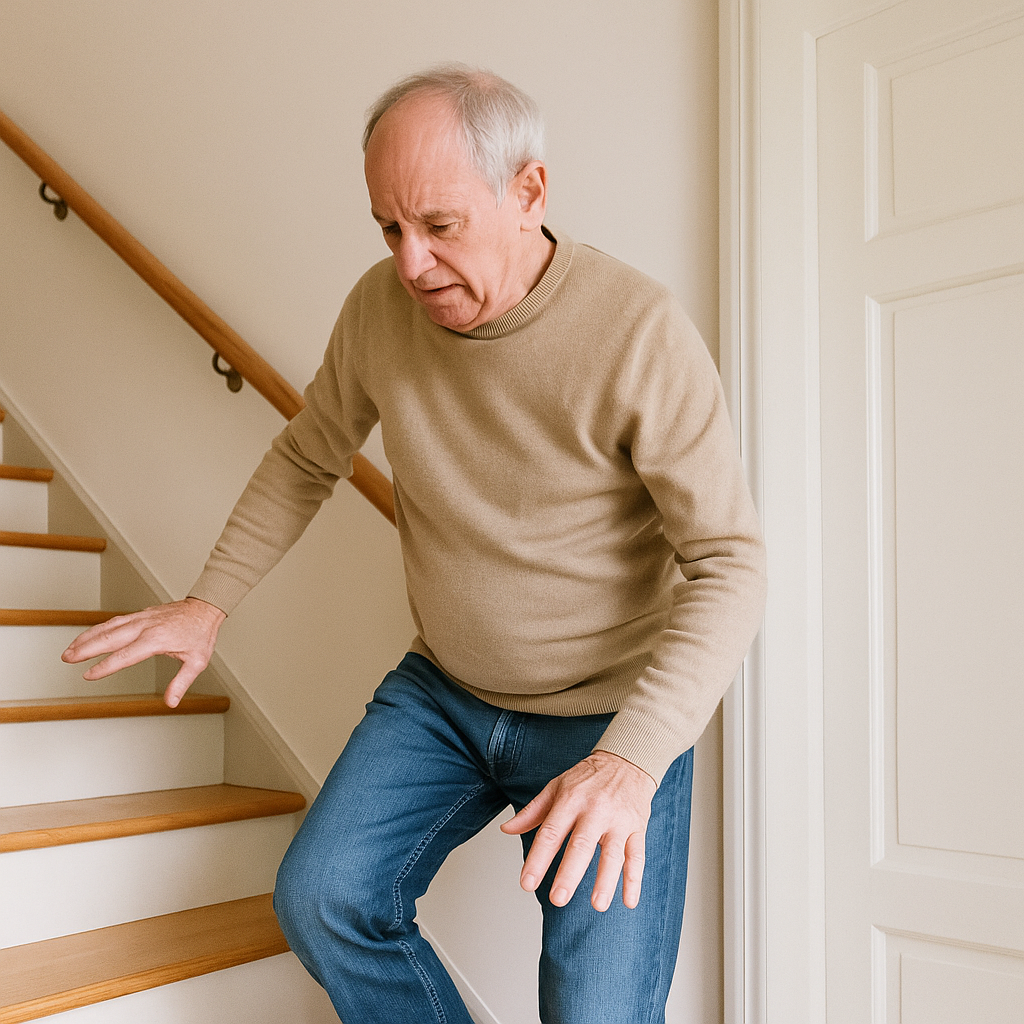
Preventing falls starts with awareness and preparation. Learn how to identify common household hazards, improve lighting, and strengthen balance through simple daily habits. This section also covers footwear, assistive devices, and safe movement strategies to reduce the risk of injury and fear.
Recovering After a Fall
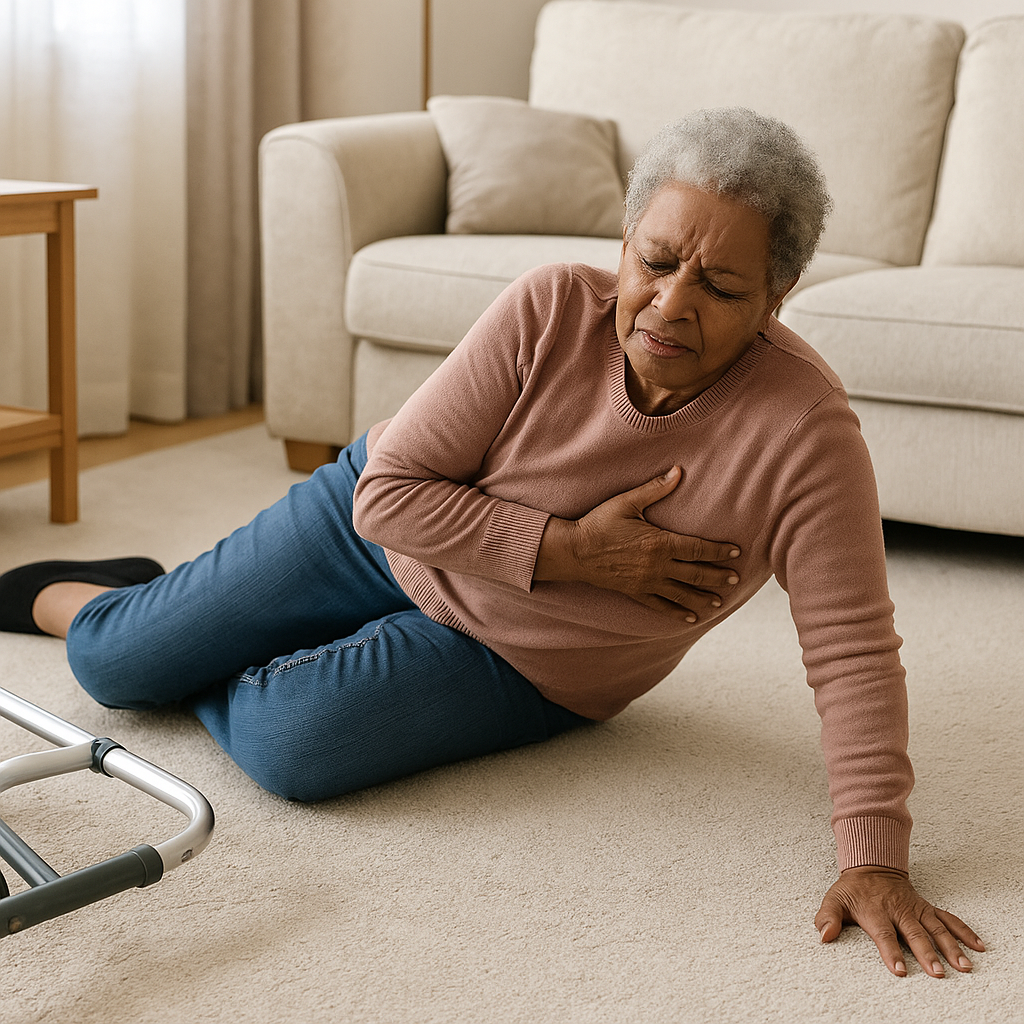
Falls can be both physical and emotional setbacks, but recovery is possible. This section guides seniors and caregivers on rebuilding strength, confidence, and independence while learning key adjustments to prevent future falls and create a safer, more supportive environment.
Recognizing Changes Early
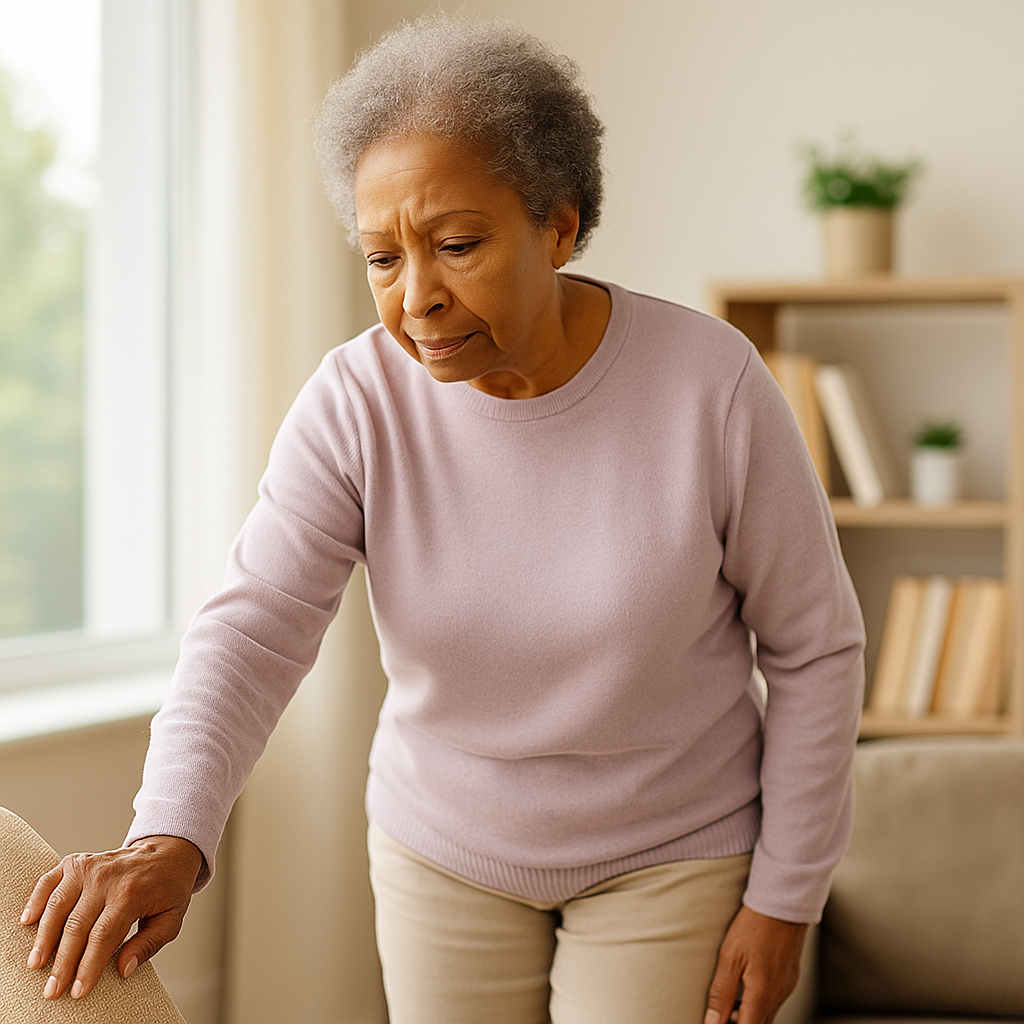
Small shifts in strength, balance, or confidence can signal it’s time for action. Recognizing these early changes—like slower movement or relying on furniture for support—helps seniors and caregivers address mobility issues before they lead to falls or injuries.
Frequently Asked Questions
1. What’s the most effective way to maintain balance after 60?
Consistency is key. Short daily routines like heel-to-toe walks, gentle yoga, and core strengthening help more than occasional intense workouts.
2. How do I know which mobility aid is right for me?
If you feel unsteady or have minor balance issues, start with a cane. For greater support, a walker or rollator may be better. A physical therapist can assess your gait and recommend the safest choice.
3. What foods support joint health and mobility?
Meals rich in omega-3s, leafy greens, lean protein, and plenty of water promote joint lubrication and muscle repair — critical for steady movement.
4. How can I make my home safer to prevent falls?
Remove loose rugs, install grab bars in the bathroom, and ensure hallways are well lit. A few small upgrades can greatly reduce risk.
5. Should I see a doctor after a minor fall if I feel fine?
Yes. Even small falls can cause hidden injuries or balance shifts that worsen over time. Early medical evaluation prevents complications.
6. How can smart technology help with mobility?
Wearable trackers and fall-detection devices can alert family or emergency services instantly, while smart shoes and canes improve confidence and independence.

